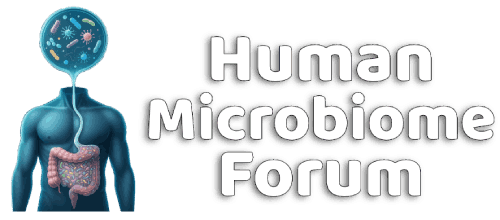Michael Harrop
Well-known member
https://www.frontiersin.org/journals/microbiology/articles/10.3389/fmicb.2025.1620449/full
Background: Increasing evidence suggests a potential role of the gut microbiota in Parkinson’s disease (PD). However, the relationship between the gut microbiome (GM) and PD dementia (PDD) remains debated, with their causal effects and underlying mechanisms not yet fully understood.
Methods: Utilizing data from large-scale genome-wide association studies (GWASs), this study applied bidirectional and mediating Mendelian randomization (MR) to investigate the causal relationship and underlying mechanisms between the GM and PDD. In our analysis, inverse-variance weighting (IVW) was used as the primary method. Clinical validation was performed using metagenomic sequencing and bioinformatic analysis. The relationships between the GM and PDD were visualized using receiver operating characteristic (ROC) curves, confusion matrices, and correlation analyses.
Results: Our study revealed a significant causal impact of five GM genera, 10 metabolites, two metabolite ratios, and 22 immune cells on PDD. Notably, the maltose to sucrose ratio was identified as a mediator of the positive causal effect of Subdoligranulum on PDD, with a mediation value of 13.2%. The clinical samples confirmed the efficacy of Subdoligranulum sp. in distinguishing patients with PDD from normal controls (area under the curve (AUC) = 0.80, 95% CI: 0.674–0.924). In addition, correlation analysis revealed a potential negative association between Subdoligranulum abundance and the Mini-Mental State Examination (MMSE) scores (r = −0.316, p = 0.006). Finally, bioinformatic analysis suggested that Subdoligranulum may influence PDD risk through the regulation of starch and sucrose metabolism pathways.
Conclusion: Our study confirms the potential role of Subdoligranulum in PDD progression, potentially mediated through starch and sucrose metabolism. These findings highlight the importance of the gut–brain axis in PDD and may provide insights into targeted interventions for PDD.
- Format correct?
- Yes
